"35 years ago, on a late afternoon in June 1970, she was killed on the trail of that farthest mountain, and now I will tell you the reason why we tried to get there on a day in early August 2005...", Robert Whitehurst, one of two American veterans who helped bring Dang Thuy Tram's Diary back to its roots, wrote about the unforgettable summers with the two cousins on the journey "Finding Thuy". Those fateful summers!
Summer 1970 and 35 years of dedicated searching
"In April 1967, a young female doctor from Hanoi was assigned to a clinic in Duc Pho, which served civilians and local soldiers fighting against American, North Korean and South Vietnamese forces in southern Quang Ngai (…). In September 1969, my younger brother, Fred Whitehurst, arrived in southern Quang Ngai to serve at the American base called LZ Bronco, built at the foot of a large hill just east of Duc Pho…", Robert Whitehurst said about the "fateful meeting" between his younger brother and two diaries in the fiery summer of 1970 that later haunted this American veteran for 35 years.
In the summer of 2006, Rob stood in the classroom where Thuy used to sit at Chu Van An school and told the students about his journey to find Thuy - PHOTO: PROVIDED BY FAMILY
"... In the early 1990s, a number of things in our lives began to change, the most important of which involved Fred's futile search for Thuy Tram's family, and his eventual resignation from the FBI. As things continued to change, Fred became more comfortable trying to do something about the diary, and he began to seek contact with any remaining members of the 'enemy' family. Through his struggles with the government and the FBI, Fred had become quite famous, and he began to talk about Thuy Tram's diary to writers, journalists, and producers, thinking that perhaps proper promotion in the form of an article, book, or film might reach someone in Vietnam.
Over the next few years, I would often receive calls from Fred, eager to talk about some person or organization that was interested, but in the end, none of that interest came to fruition. It seemed that people were suspicious about the origins of the little books…
In 2000 my father died. When Fred thought about the diaries again, he began to feel pessimistic. We talked about the subject again and there was a hint of despair in Fred's phone calls and letters. Our father's death seemed to emphasize that if the doctor's parents were still alive, they were now in their 80s, so time was running out. And, perhaps because of that anxiety, Fred began to fear that the diaries would be taken away, burned, stolen, confiscated by the government, or in an accident. He was even more worried that if he died, the diaries would be lost and no one would know what they were.
The Whitehurst brothers and Mrs. Doan Ngoc Tram (mother of martyr Dang Thuy Tram) at Tu Liem Martyrs' Cemetery, Hanoi - where Ms. Thuy rests - August 2005 - PHOTO: PROVIDED BY FAMILY
I suggested photocopying the two diaries and digitizing the copies, so that at least they could be preserved that way. Fred scanned the two diaries, and soon I had a CD containing the copy. We scattered some of the CDs around, but of course that was no help in finding the doctor's family. I remember a very eager journalist who spent time with Fred discussing the diaries, and remember very clearly his despair when all his efforts led to nothing. Fred's wife also joined the search, and while Fred was heartbroken, Cheryl was also very disappointed. And finally it all ended: I asked Fred if he would let me try to find 'them', and Fred agreed. That was at the end of 2002...", the author of Finding Thuy recounted the first deadlocked stage of the search.
The search was vague but conducted with a very scientific method, sometimes emotional, but those were "golden hunches". The journey of "devotion to being human" (Vuong Tri Nhan) of doctor Dang Thuy Tram was thus gradually shown more and more clearly on the dedicated search journey of the Whitehurst brothers: "While searching for locations and events with dates, I began to build a library of websites, internet and documents about what I thought were 'grounded', things that had influenced Thuy's life, but were not in Quang Ngai or not in the time frame of the two diaries. When I knew some context, it was easier for me to understand what she wrote, so I began to dig deeper, asking new questions.
I saw that Thuy read a lot of Western literature as well as Vietnamese literature, and I started looking for some books. In this regard, I sometimes felt confused by the way Hanoians tried to translate titles and sound almost identical to foreign authors' names, which were two of the most important Western works, Nicolai Ostrovsky's How the Steel Was , and Temper Voynich's The Gadfly , which until 2005 was still a mystery to me. I also found many more books, eventually reading most of the books Thuy mentioned. Why were these books important? I saw that they were part of the almost universal reading list of Eastern Bloc students from the end of the Russian Revolution until now. I also searched online for articles by North Vietnamese authors about the Vietnamese resistance wars against the French and the Americans, but found very little.
As the work progressed, Thuy Tram gradually took on a personality and became easier to understand. I began to anticipate some of her expressions and thoughts, and the translation improved as a result (...). There are universal traits and ideals that most humans are at least aware of, and I guess I started from there.
While studying the diary, I made a list of different names, dates and places, and at some point in February, I decided to count the pages of the first diary that Thuy had finished in December 1969. I wanted to see how many pages were left before Thuy lost it. When I scrolled down the computer scan to the end, suddenly at the end of the small notebook, after a number of blank pages, there was a page with the words 'family address' written in Thuy's handwriting, meaning 'family address', below which were the name and address of her father, Dang Ngoc Khue, and her mother, Doan Ngoc Tram, and the address. This was a real shock to me. It took me a long time to realize all the implications of it. Fred had seen this line a long time ago, but he didn't know Vietnamese, and anyone who happened to flip through the diary would stop when the diary lines ended, without realizing that there might be something else, and that might be the key to finding out who Thuy is...".
Summer 2005: Finding Thuy
"By mid-2004, the search for Thuy had become an obsession and a full-time job whenever I returned from sea, even spending hours working on the ship during my free time. I read intensely, conversations became more predictable to me, but I began to find myself extremely lucky, more than just a coincidence: I had found the website of the Vietnam Archives, an online resource maintained by the Vietnam Project at Texas Tech University. I was looking for something, anything, about Viet Cong medicine, and found a reference to a talk given at the 4th Triennial Vietnam Symposium in Lubbock in 2002 (…). I didn’t know anything about the course ‘Medical Care in the Field: A North Vietnamese Perspective’ but it gave me invaluable leads on resources and staff at Texas Tech…", Robert recounted in Finding Thuy.
Martyr Dang Thuy Tram's mother with Steve Maxner and Jim Reckner, Director and Deputy Director of the Vietnam Center at Texas Tech - PHOTO: PROVIDED BY FAMILY
Together with their comrades, the Whitehurst brothers took the CDs to various Vietnamese-American conferences to look for clues: "… At the end of the conversation, there were some pointed questions. For example, Hanoi author Bao Ninh asked Fred, specifically, did Fred see Thuy Tram's body and if not, how could he be sure that she was killed? Fred recounted his participation in a campaign in October 1970, when he and another soldier told each other about the battles they had fought. The other soldier told of a battle in June of that year, where his American infantry platoon encountered a group of four Vietnamese walking on a mountain trail. Faced with a much larger and better-equipped American force, they refused to surrender. Apparently, someone had protected the three retreating men, and the platoon returned fire, killing two Vietnamese. They discovered that the rear guard for The other three were a woman, and the platoon sent the documents she was carrying back to LZ Bronco. Fred linked this story to Thuy Tram's last diary, which he received, also at the end of June of that year, and said that he always thought that the soldier had told him about Thuy's death...".
Rob and writer Bao Ninh met again, recalling the seminar on Dang Thuy Tram's Diary at Texas Tech - PHOTO: PROVIDED BY FAMILY
"On April 25, 2005, Fred called me and said that Ted had contacted Thuy's family in Hanoi. Since then, my life has been incredibly magical. I wrote to Ted to find out how the family visit went, the reply was very enthusiastic and cheerful, and soon after that I received the news. To say I was happy would not be accurate, 'happy' is a weak word to describe my state at that time, but it must be said that this was the most wonderful 'discovery' I have ever had. Fred and I, thousands of miles apart, celebrated so much that our phone bills skyrocketed seriously, our emails to Ted in Saigon were full of questions. At the shipyard, I waited impatiently for the emails that would arrive in the evening with new surprises constantly appearing...".
"Soon after we started exchanging emails with Thuy's family in Hanoi, we talked about going to Vietnam. Fred said he would love for any relatives of Thuy Tram that we could find to read the two diaries. Ted wrote that such a visit was entirely possible, so Fred and I started talking about visiting Thuy's family. Anyway, I had originally planned to go to Hanoi that fall to try to find information about Thuy's relatives, but when I heard from Ted, Fred really wanted to go in June, right after I returned from the beach. For me, that was impossible, because it would take too much time to get visas, tickets, vaccinations... so we started planning to go at the end of the summer, after my next beach trip...".
Not long after that, Dang Thuy Tram's Diary was published on the occasion of the War Invalids and Martyrs Day, July 27, 2005. ( continued )
Source: https://thanhnien.vn/dang-thuy-tram-va-nhung-mua-he-dinh-menh-185250616093049721.htm





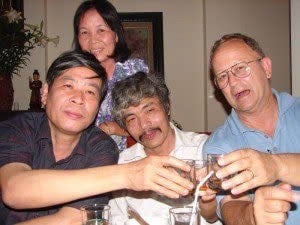
![[Photo] Unique art of painting Tuong masks](https://vphoto.vietnam.vn/thumb/1200x675/vietnam/resource/IMAGE/2025/11/14/1763094089301_ndo_br_1-jpg.webp)




![[Photo] Unique architecture of the deepest metro station in France](https://vphoto.vietnam.vn/thumb/1200x675/vietnam/resource/IMAGE/2025/11/14/1763107592365_ga-sau-nhat-nuoc-phap-duy-1-6403-jpg.webp)


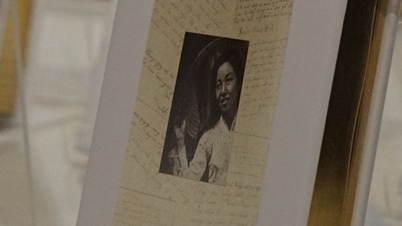




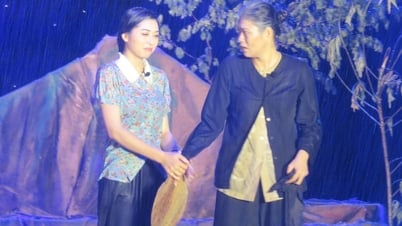
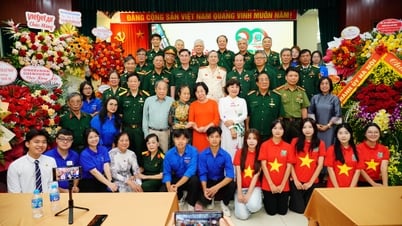

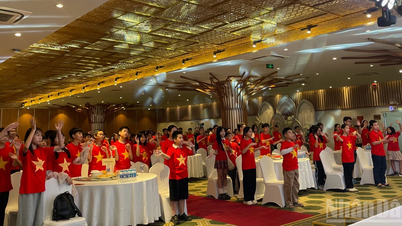






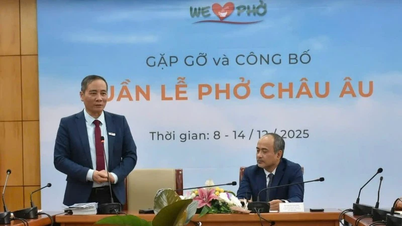












![[Photo] Special class in Tra Linh](https://vphoto.vietnam.vn/thumb/1200x675/vietnam/resource/IMAGE/2025/11/14/1763078485441_ndo_br_lop-hoc-7-jpg.webp)
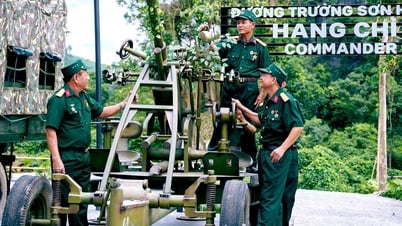


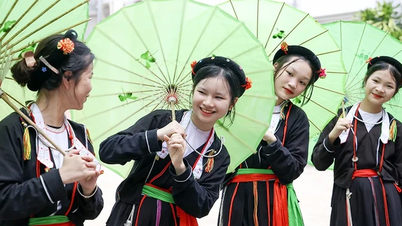








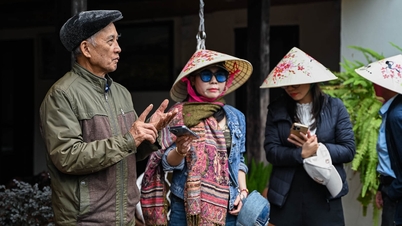



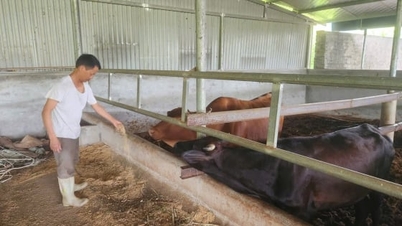

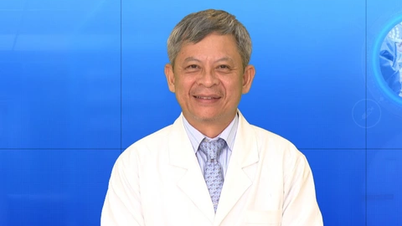
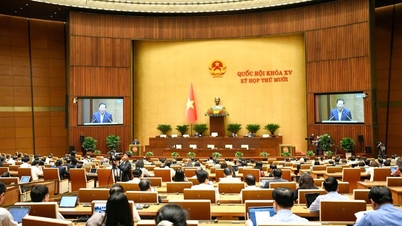

















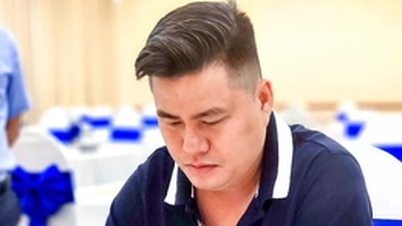



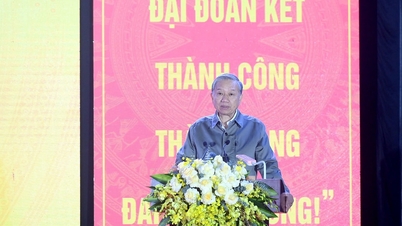




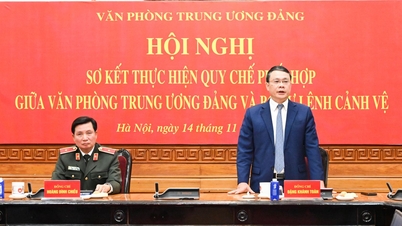






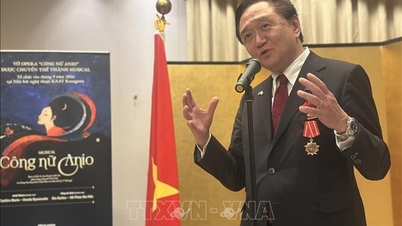

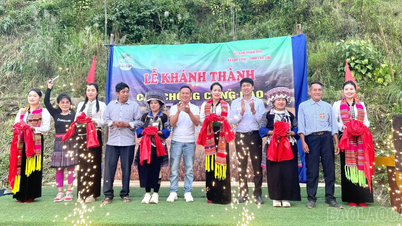

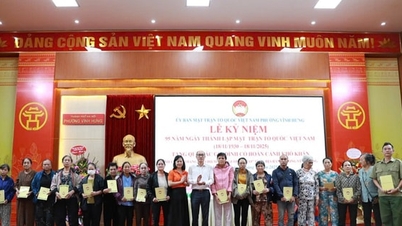













Comment (0)